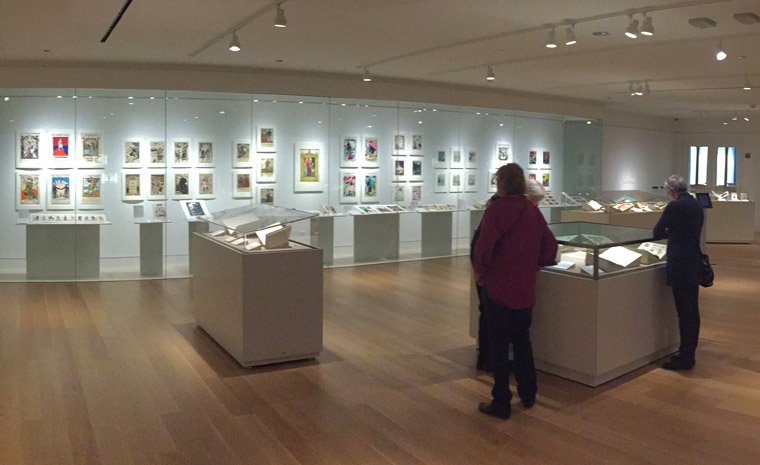1907–1907 Trips
The intellectual and financial support of field work increased around 1900 and President Harper and Breasted embraced the chance to begin expeditions abroad. In 1903, John D. Rockefeller, Sr. gave $50,000 in support of their research. His support, along with a number of other donations, allowed the university to organize its first expedition to the Middle East. President Harper created an “Oriental Exploration Fund of the University of Chicago” in 1903 and began an expedition that resulted in an excavation at the site of Bismaya in central Iraq, which was directed by Edgar J. Banks. The artifacts discovered there formed the core of the Haskell Oriental Museum’s Mesopotamian collection. In 1905, focus shifted to Breasted and Egypt. The remaining exploration fund was dedicated to an epigraphic survey of Egypt and Nubia headed by Breasted. During the first season (1905-06), he traveled with his wife Frances and eight-year-old son, Charles to southern Egypt. The second season was more tumultuous. Accompanied by the artist Norman de Garis Davies, the team traveled south to the temples of Nubia. This trip was complete with 135- degree temperatures, sand storms, and a shipwreck. Breasted kept copious notes of these two seasons of exploration from 1905-07. The goal of these trips was to record the architecture of this area and copy inscriptions found there. It was during this time that Breasted developed epigraphic techniques that created a foundation for the ones used today at Chicago House in Luxor, Egypt. These trips resulted in invaluable reconnaissance work for future expeditions and the creation of over a thousand photographs, which still exist in the OI’s archives today.
